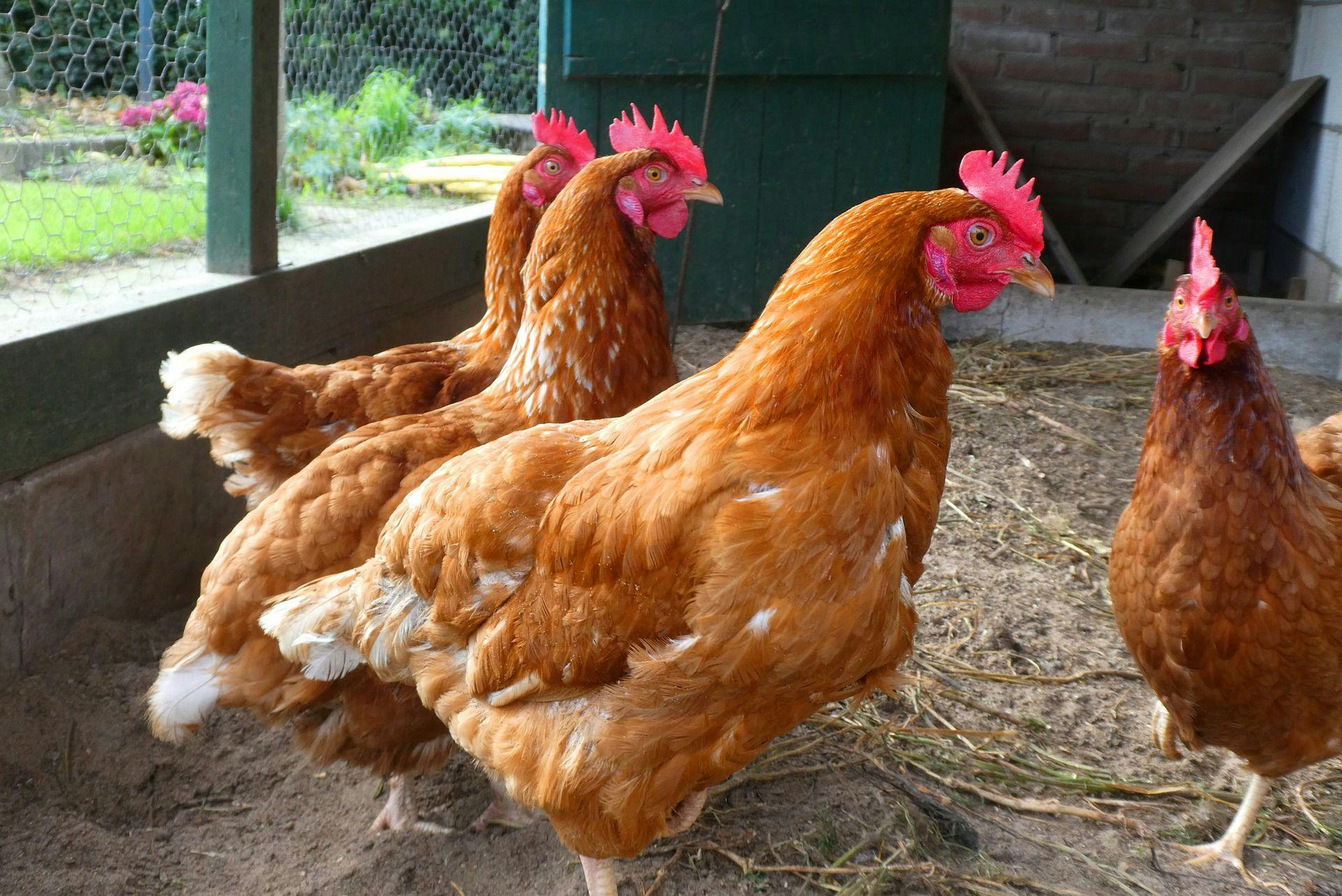
What to Know About Salmonella and the Impact on Different Flock Types
According to the Centers for Disease Control and Prevention (CDC), “salmonella causes about 1.2 million illnesses, 23,000 hospitalizations, and 450 deaths in the United States every year.” Those are staggering numbers, and most of those salmonella infections come from food. While you can find the bacteria in foods such as beef, pork, fruit, sprouts, vegetables, and certain processed foods, we’re here to talk about salmonella in chickens and their eggs.
What is Salmonella?
Simply put, salmonella is a bacteria that lives in the digestive tracts of animals and birds. It causes a foodborne illness called “salmonellosis.” Most of us actually already have salmonella bacteria in our stomachs or intestines, but thanks to our stomach acid and natural bodily functions, it usually passes through our systems unnoticed.
When you do get sick from salmonella, it’s typically because you have come into contact with an infected animal (or its feces) and don’t properly wash your hands. This can cause symptoms of fever, diarrhea, and abdominal cramping for about 4 to 7 days, though does not usually require medical treatment.
It’s also important to understand that you can get a salmonella infection when you don’t practice proper food safety and eat raw or undercooked food—like eggs or chicken, for example.
How Can I Tell if My Flock is Infected with Salmonella?
So now that you understand what salmonella is, you’re probably wondering how you can keep it out of your hatchery and away from your birds, right? At Freedom Ranger Hatchery, we’re all about practicing proper biosecurity and providing you with healthy birds, certified by the National Poultry Improvement Plan (NPIP). It’s important to us that you understand what to look for in your birds to avoid salmonella infections in the future.
Symptoms
While there are several different strains of salmonella that your birds can become infected with, the most common are Salmonella enteritidis and Salmonella typhimurium, which are what cause salmonella infections in humans. Unfortunately, it is not the easiest type of infection to spot. In young birds, you can sometimes see symptoms like depression, poor growth, diarrhea, dehydration, and general weakness, but this could also be a sign of other bird illnesses and needs to be confirmed by a vet.
Even if your flock is not sick, they can still pass on the salmonella bacteria. As we mentioned earlier, most people already have small amounts of salmonella in their systems, and the bacteria can be “found in small concentrations nearly everywhere in the environment.” Since your birds are likely walking around and pecking in possibly contaminated areas, the likeliness that they are carriers of the bacteria greatly increases. And once your birds have it, they can vertically transmit it to their eggs, as well.
What Are the Risk Factors for Egg-Laying Chickens?
Having a clean environment for your flock is essential for keeping your birds healthy from a variety of diseases, and not just salmonella. Egg-laying hens—who are likely inside a coop more often than your broilers—may be at a higher risk for contracting salmonella. This is because of the usually warm environment in your chicken’s housing, as well as salmonella’s ability to survive within the same location.
When you have free-range birds with environmentally-friendly farming methods—as we do here at Freedom Ranger—you’re going to get higher-quality eggs from your birds. Also, practicing proper food safety when handling and cleaning your eggs will go a long way in keeping salmonella infections from spreading.
What Are the Risk Factors for Broiler Chickens?
Another risk factor in the spread of salmonella is with your broiler chickens. You will need to practice strict biosecurity with your broilers to keep the chance of infection low. It’s advised that you minimize the birds’ exposure to other animals, birds, insects, and visitors, as well.
Even if your broilers appear healthy, the bacteria can still be on their bodies, in their cages, feed, and water supplies, or anywhere that the birds roam. The birds may not even be infected, but they can still transmit it to you or other birds if you’re not careful.
How to Treat Salmonella in Chickens
Like any disease, the first step to having healthy chickens and preventing salmonella infections is to avoid the bacteria in the first place. The prevention process starts with a healthy flock and vaccinating your birds before the bacteria can spread.
As we mentioned earlier, it’s also essential to ensure you have a solid biosecurity plan for your flock. Keep your birds’ environment clean and try to avoid any cross-contamination where possible. If your chickens are already showing signs of infection, have a vet take a look at them. There are antibacterial medications available to help treat salmonella.
By adhering to these preventive measures and maintaining a proactive approach to flock health, you can significantly reduce the likelihood of salmonella affecting your broilers and egg-layers, fostering a healthy and resilient flock.
Conclusion
Understanding the impact of salmonella on different flock types, along with its symptoms, risk factors, and preventive strategies, is crucial for maintaining the well-being of your birds. Early detection, proper treatment, and proactive preventive measures are key to managing salmonella effectively. If you need further assistance or have concerns about salmonella in your chickens, don’t hesitate to reach out to us. We’re here to support you and your flock every step of the way.
